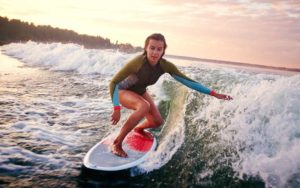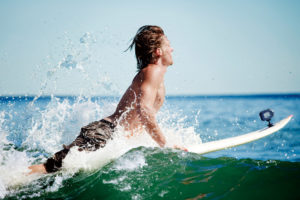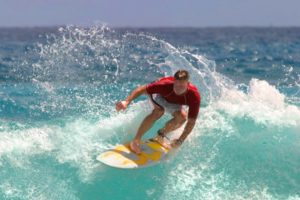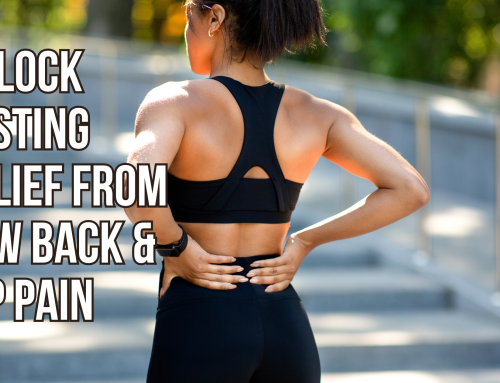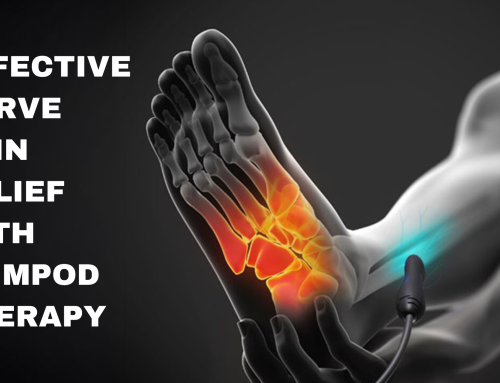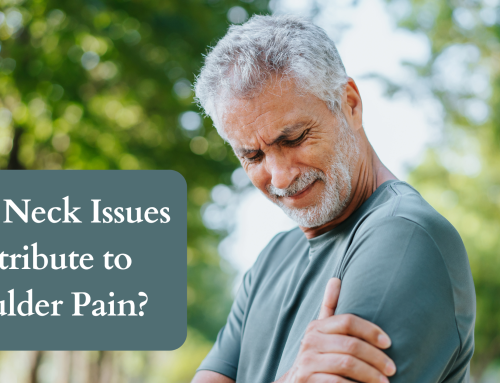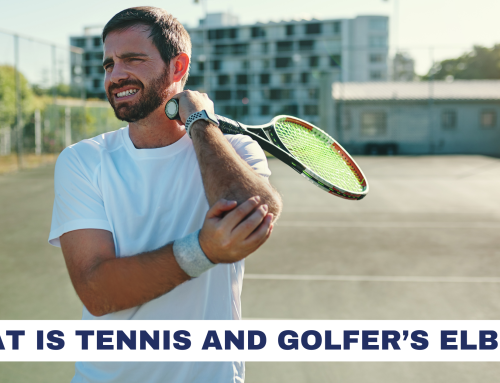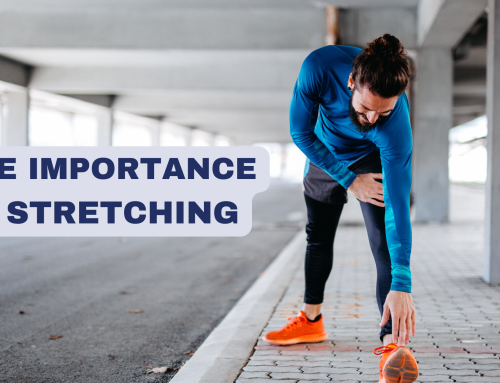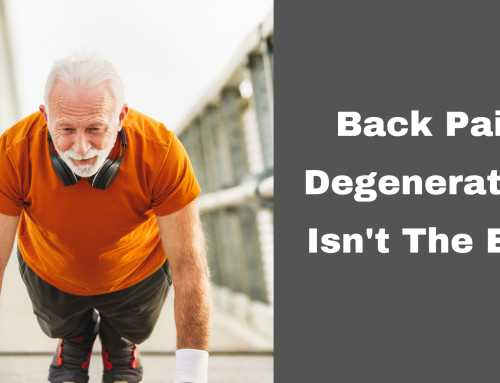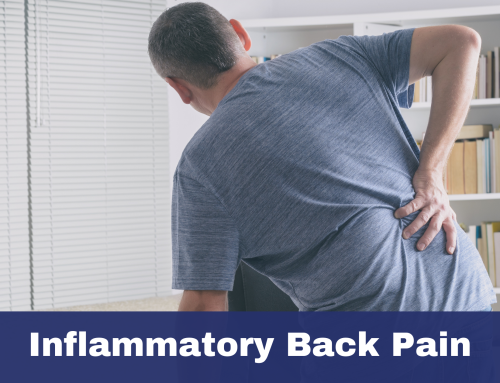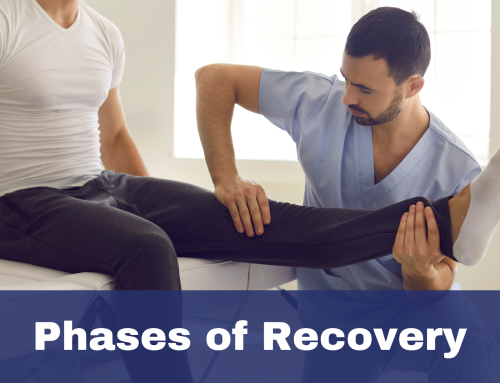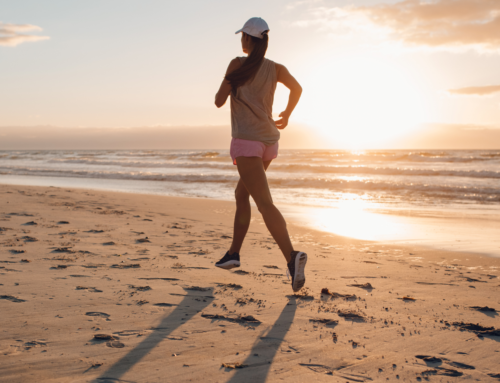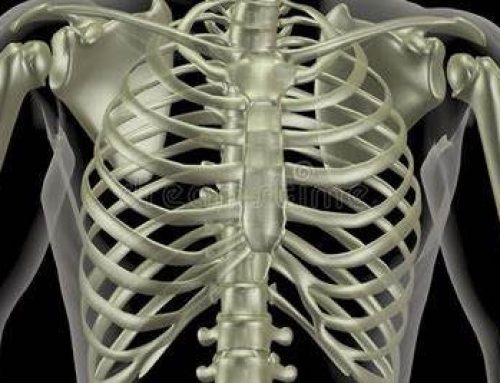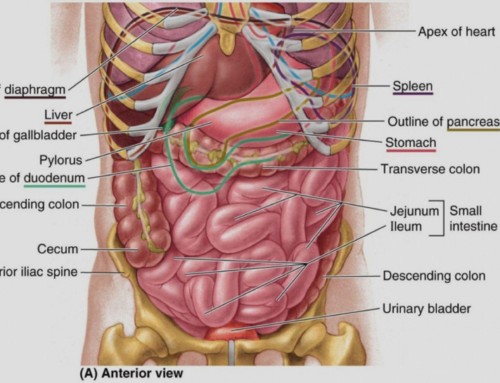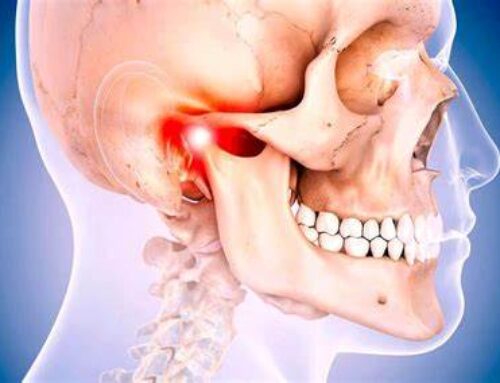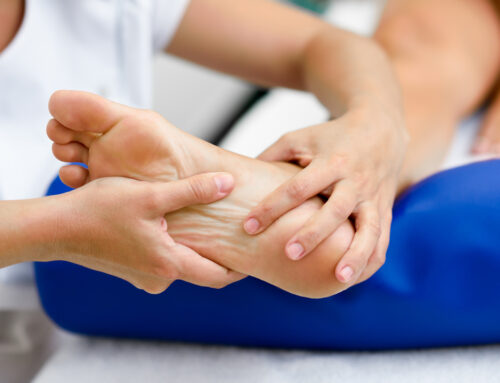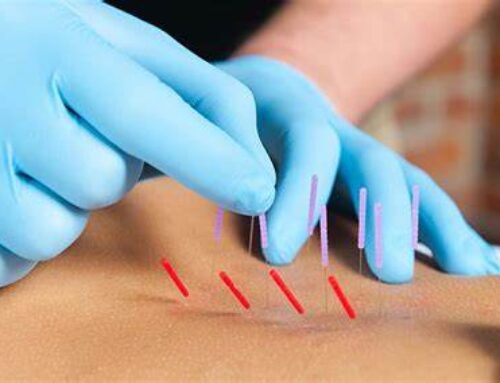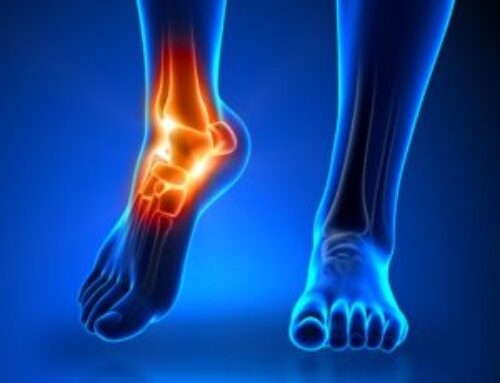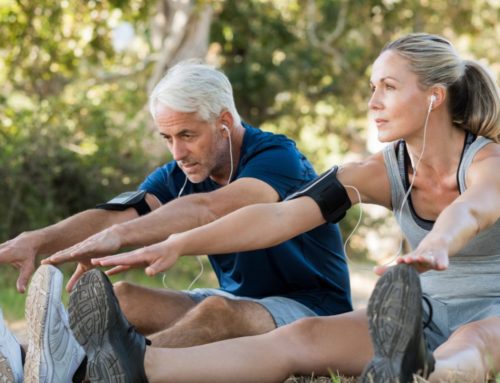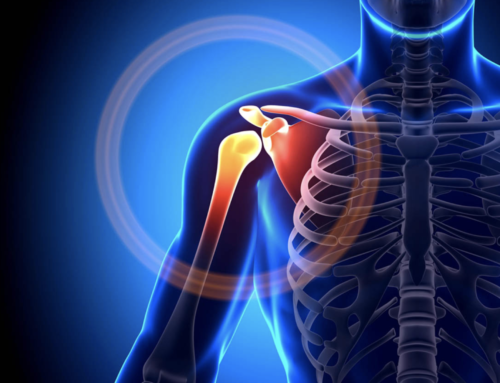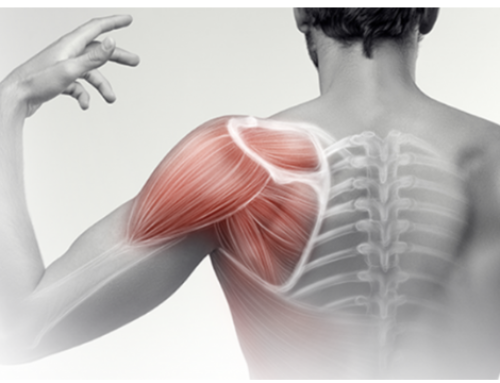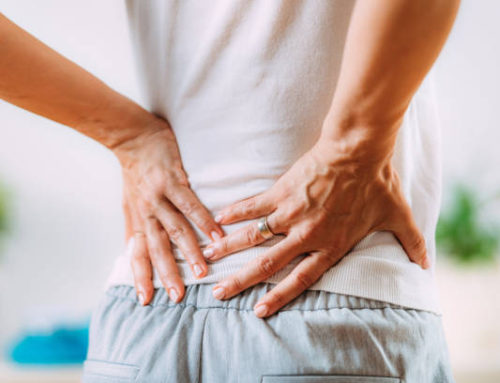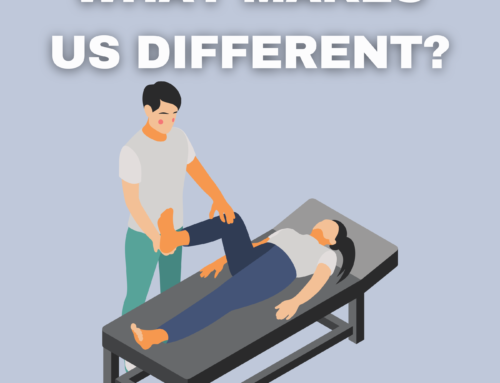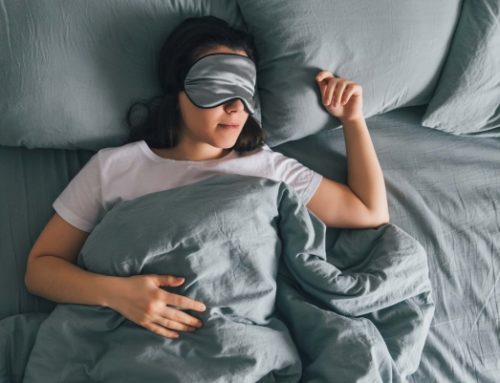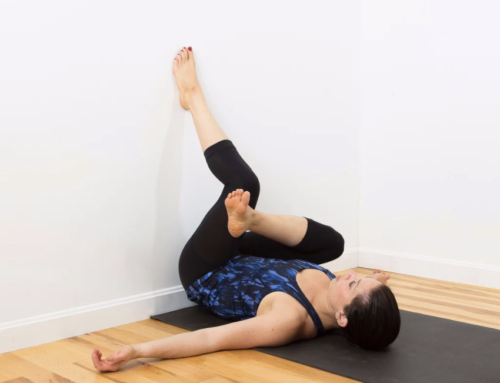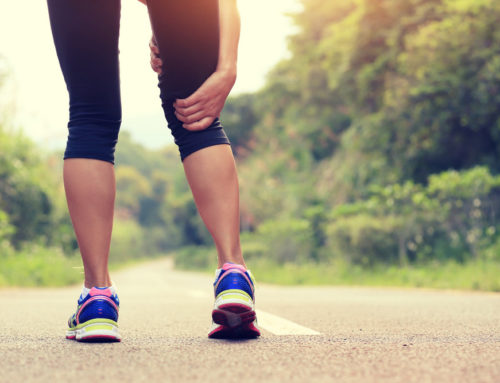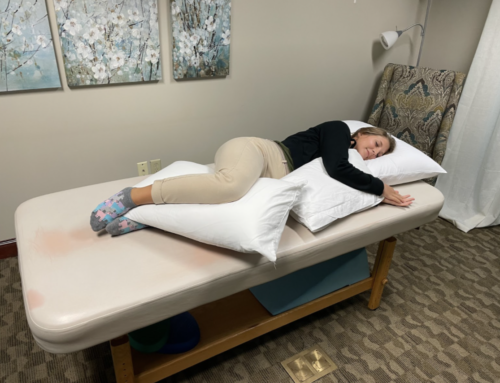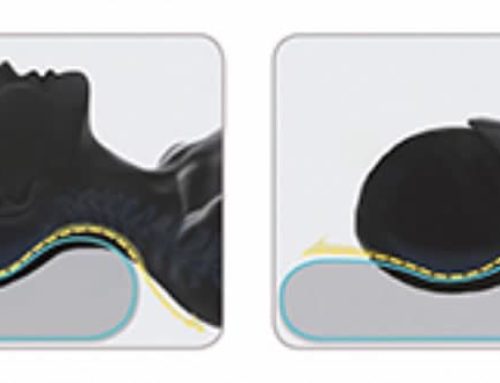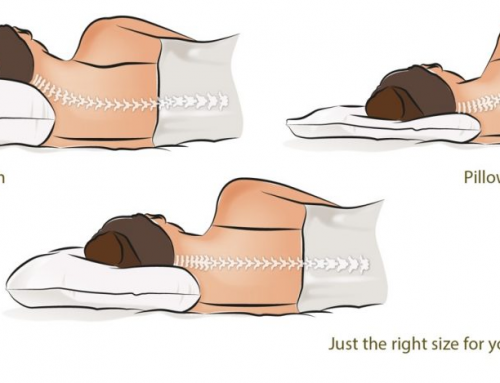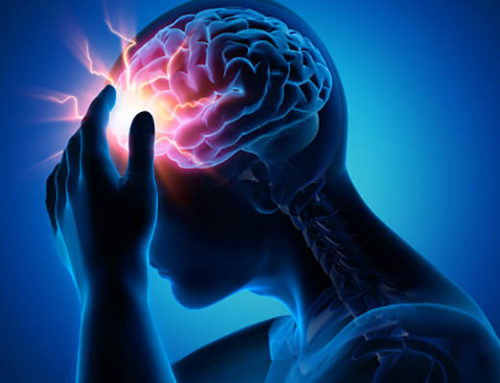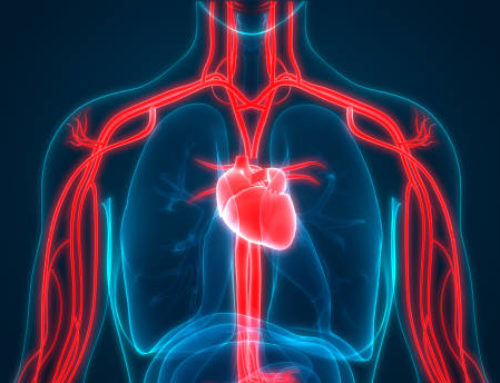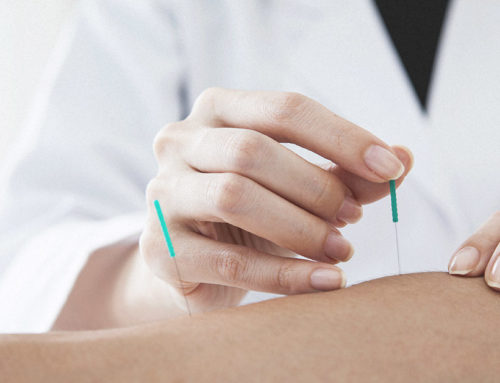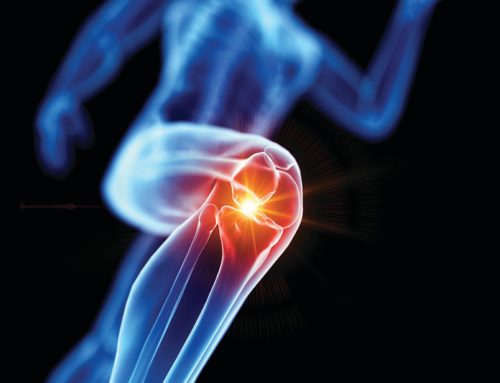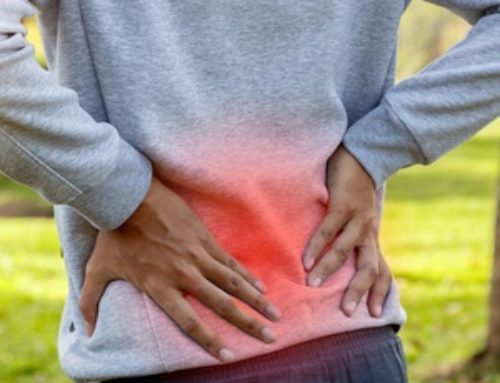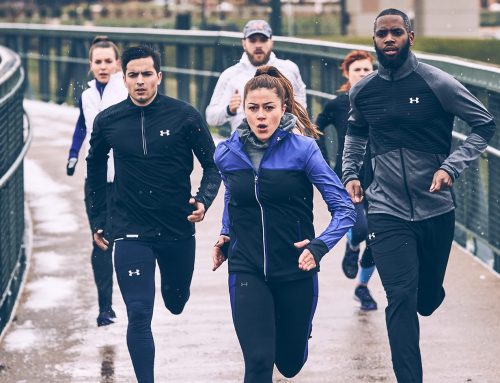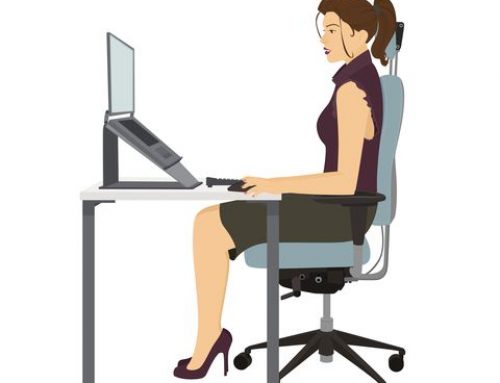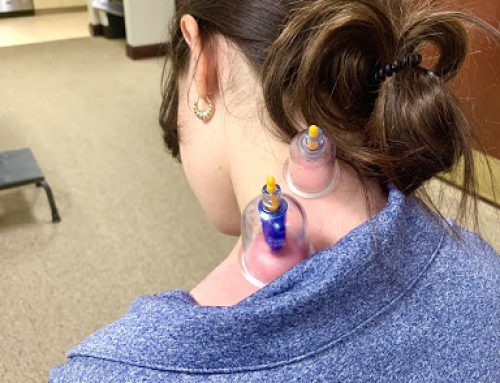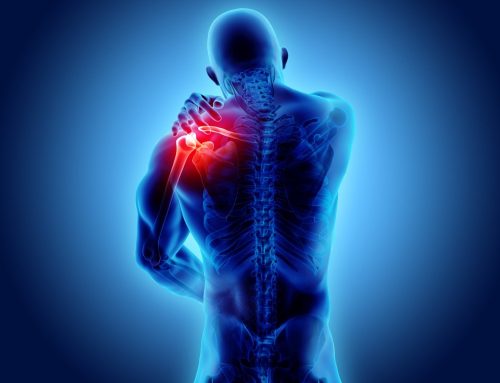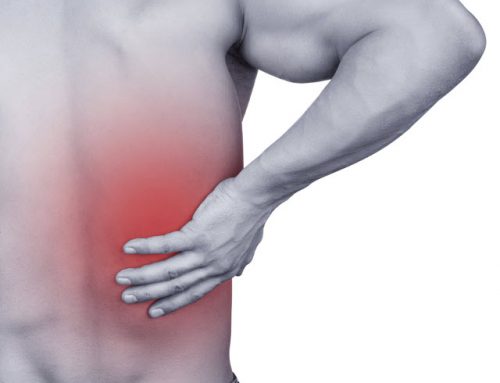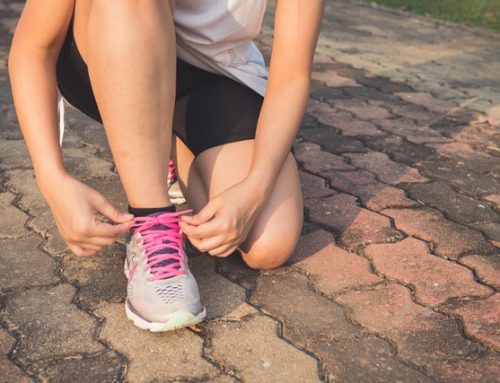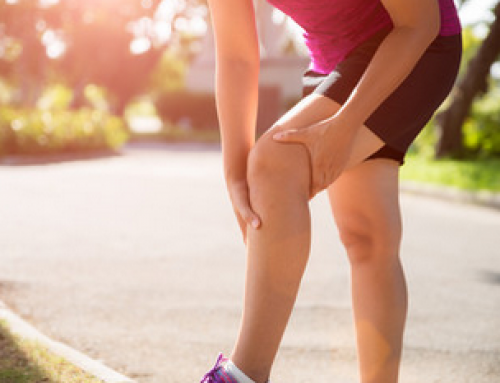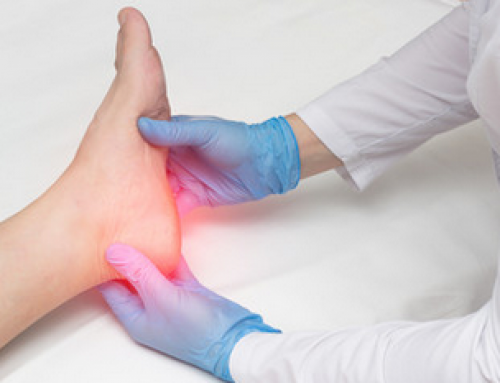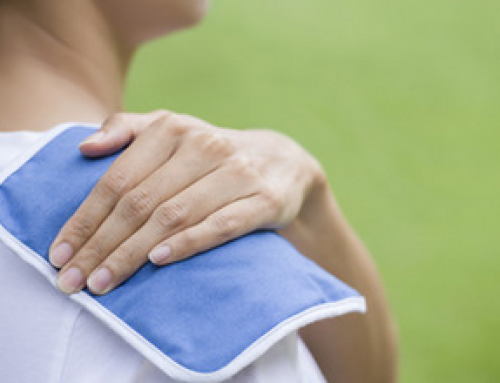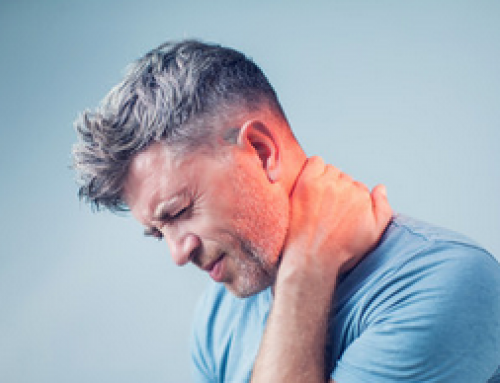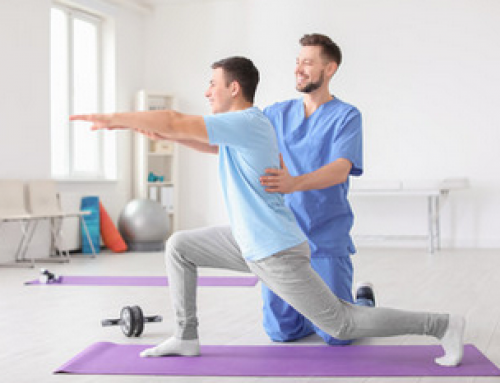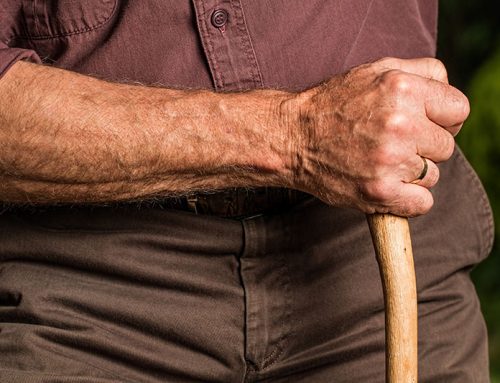As many of us know, surfing and skateboarding have become international sports on the olympic level, therefore offering more exposure to the industry and an increasing number of people of all ages engaging in these activities.
With these types of sports, the chance of having an injury, whether it is a torn ACL (ligament in the knee), ankle sprain, or just simple bumps and bruises, is an inevitable situation. What is not inevitable is the ability to fix these injuries and prevent them from happening again; or even better, prevent them from happening in the first place!
Oftentimes these injuries sustained are causation of poor mechanics, lack of understanding of how to perform the trick or maneuver, or a dysfunction in the body.
For example, a surfer comes into our therapy clinic with a diagnosed torn ACL while performing an explosive rotational movement on a wave, otherwise known as a “snap” or “carve”.
He was able to twist and perform the maneuver but a stress is placed on the knee because of the planted foot on the surfboard with rotation of the tibia (long bone of lower leg) causing an excessive stress on the ACL.
Given this scenario, the layman would assume that this happened because of tight or weak muscles around the knee.
As clinicians, we have to look at the body as a whole and find restrictions that may be inhibiting the normal motions of the body.
- “How is the ankle moving?”
- “How is the back moving and does the person have a strong core to be able to perform the explosive movements required?”
The present history of the patient reveals that he has been suffering from chronic back pain as a result of repeated injury from skateboarding and surfing over the years.
As seen in high quality research studies of the multifidi and other deep spinal stabilizers, 80% of back injuries, whether acute or chronic, result in a shut-down or deactivation of these muscles.
As a result, the surrounding structures need to compensate to perform the desired movements
So, in this case, the surfer had a weak core and attempted a rotational movement of the spine that is not strong enough to stabilize him to complete the maneuver; therefore, the stress is placed on additional structures such as the hip,ankle or knee, which may also be weak.
In another example, think about a relay race; if one of the runners is not running fast enough, the chances of winning the race decrease unless another runner on the relay can make up for the lost time, in hopes that they too don’t have an injury or something slowing them down. How can we remedy this? We can strengthen or improve the motion of the weak link in the chain, as well as make sure the other structures are sufficient as well.
Now that we understand these concepts, we need to put them into practice.
Here at IPT, our therapists have extensive knowledge on how the entire body is supposed to move and how to address deficits that may lead to an injury down the line or that is causing you problems now. If you are suffering from an injury, whether acute or chronic, and still surfing on it, you are putting an increased risk at further injury or injury of surrounding structures.
Give us a call and meet our knowledgeable therapists for a discovery session and see how you can improve your body mechanics, and most importantly, improve your surfing without pain or increased risk of injury.
Spring is the perfect time to jump back into healthy habits and get outside.
Give us a call at 904-280-2002 to schedule an appointment with us and we’ll get you back on the board!!!


